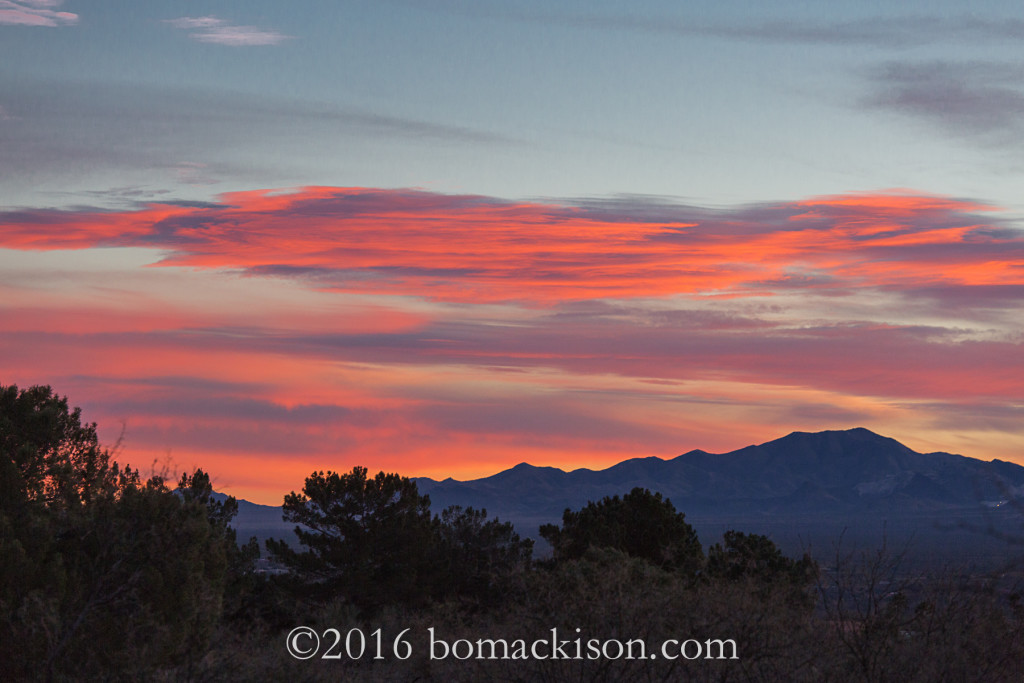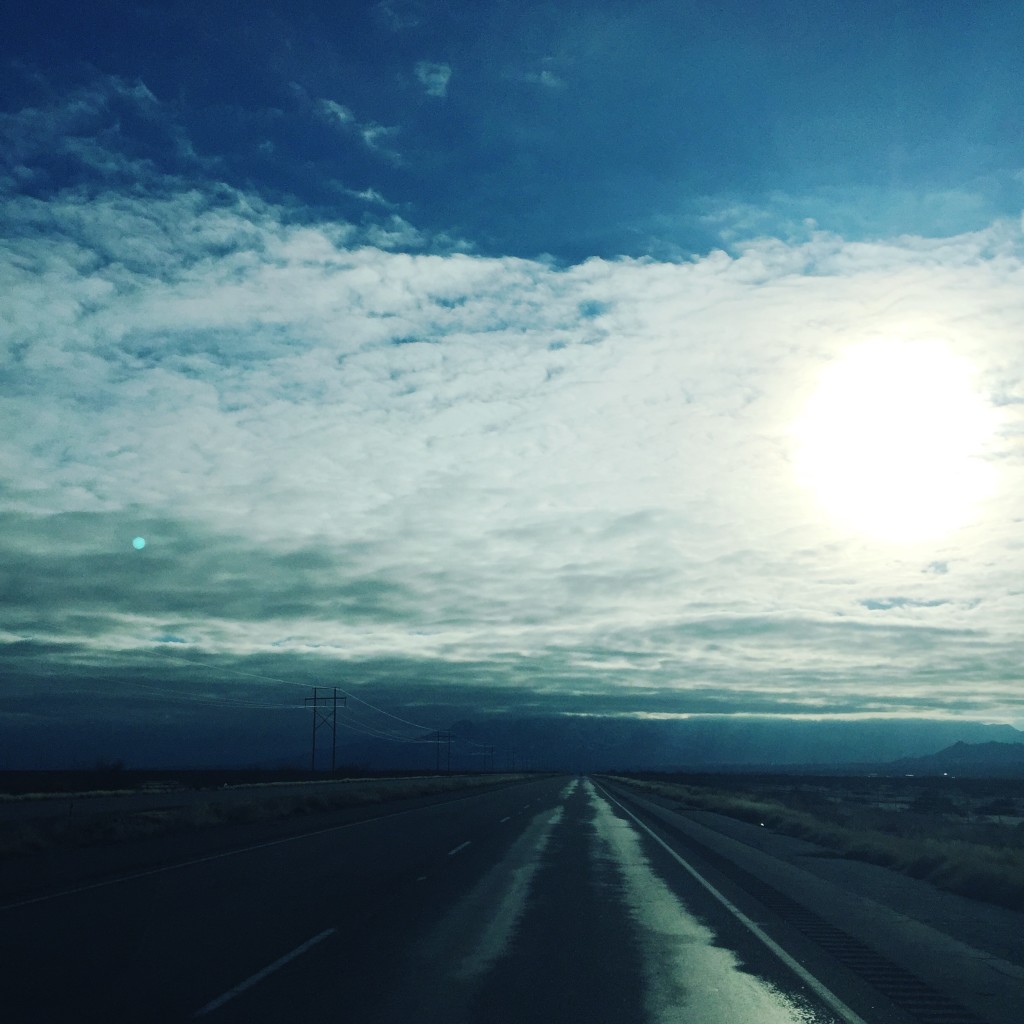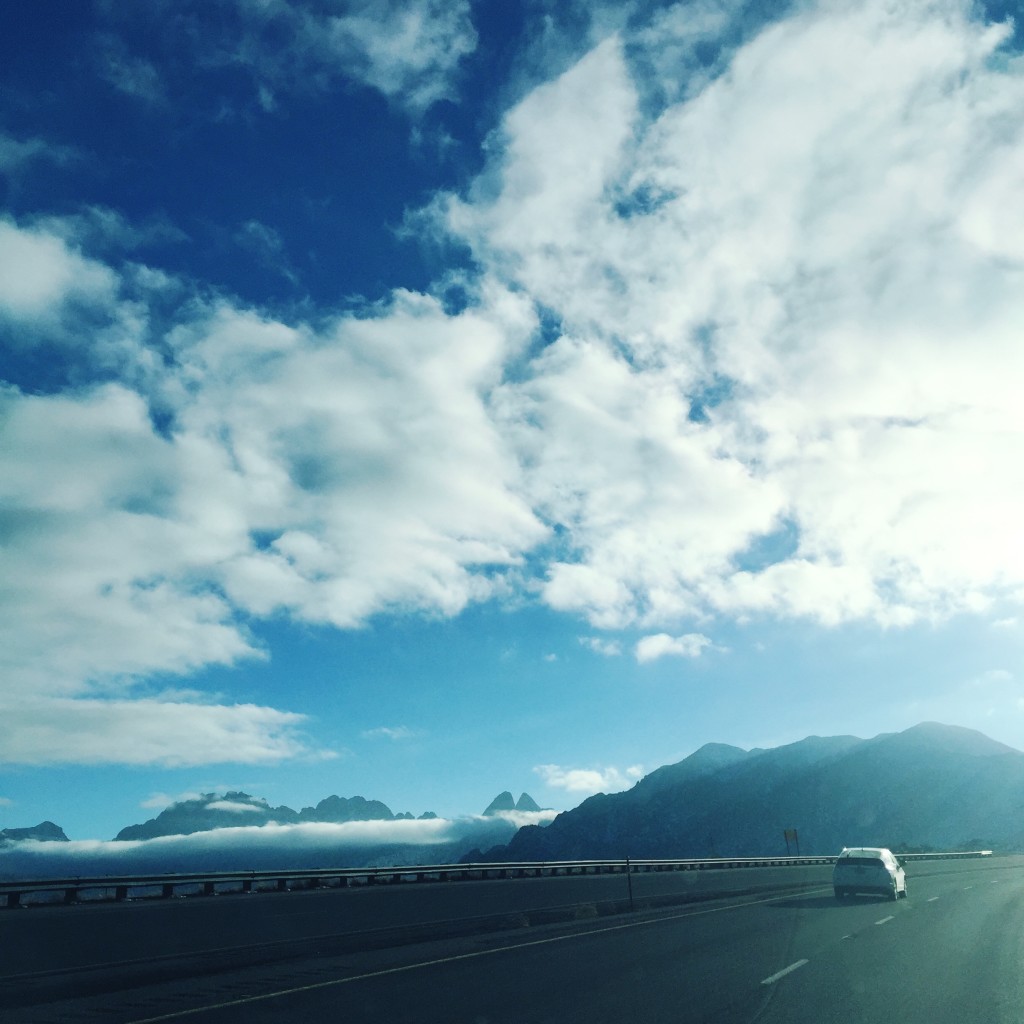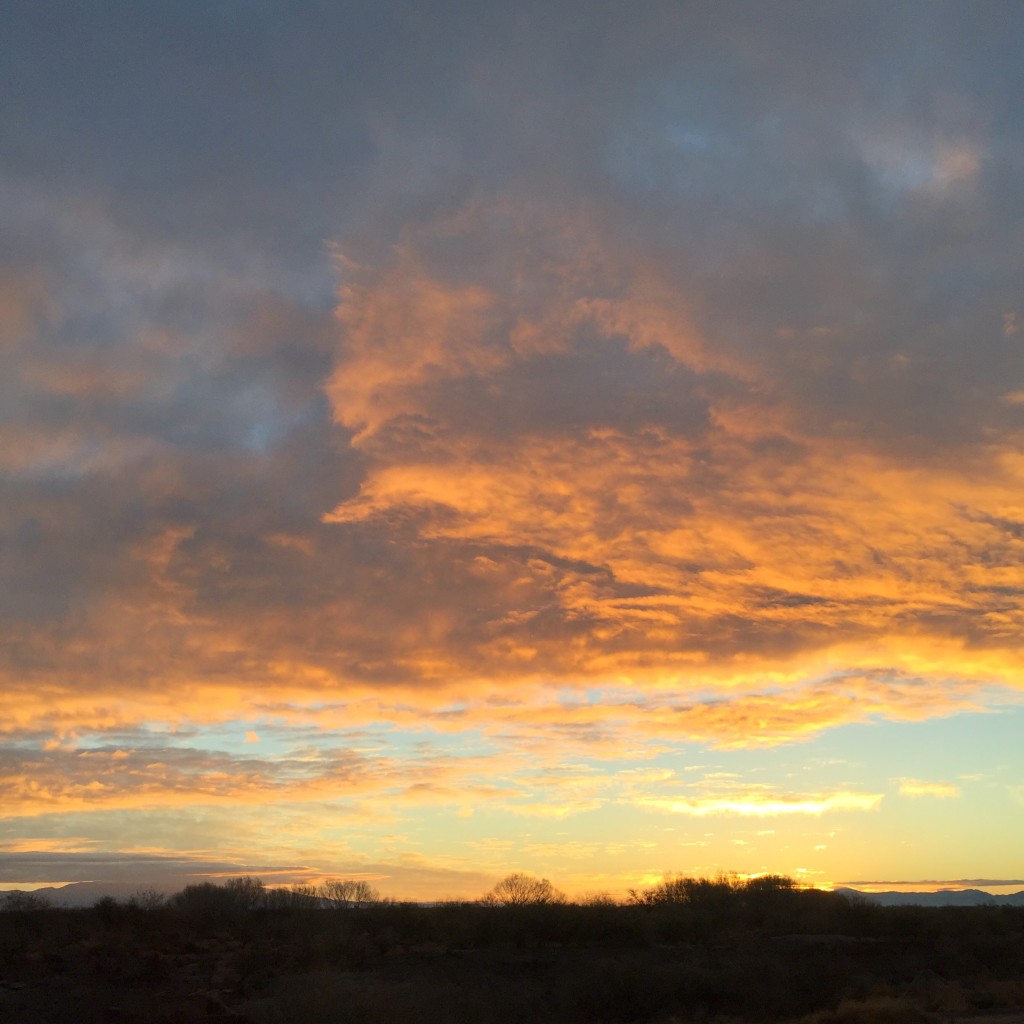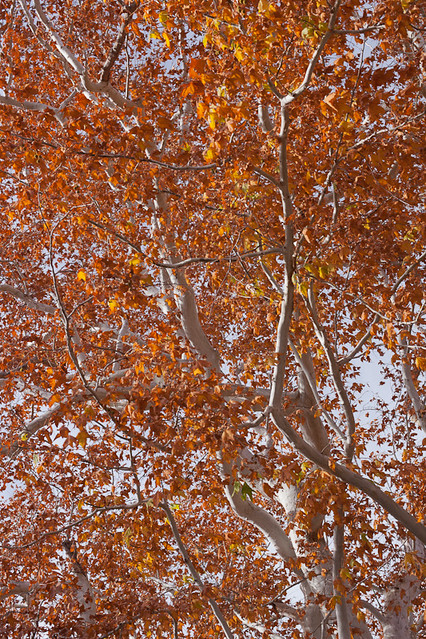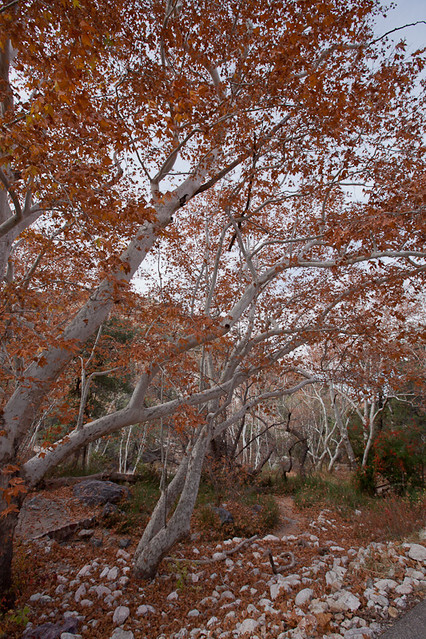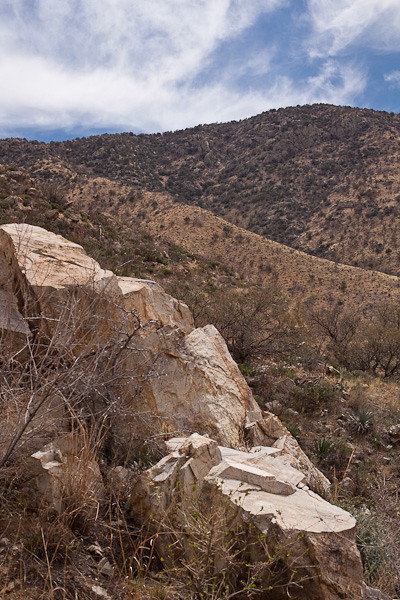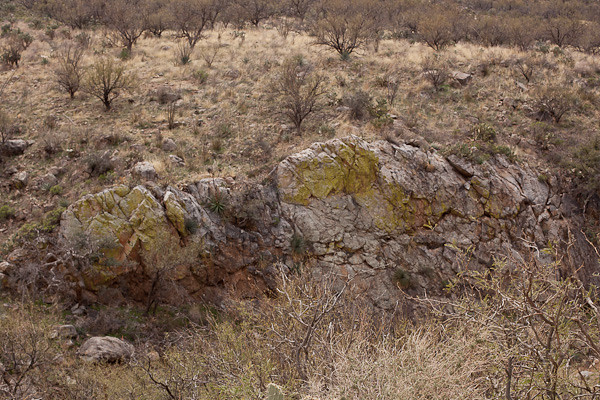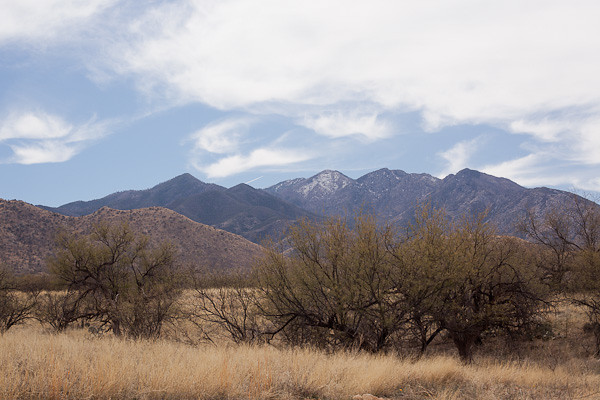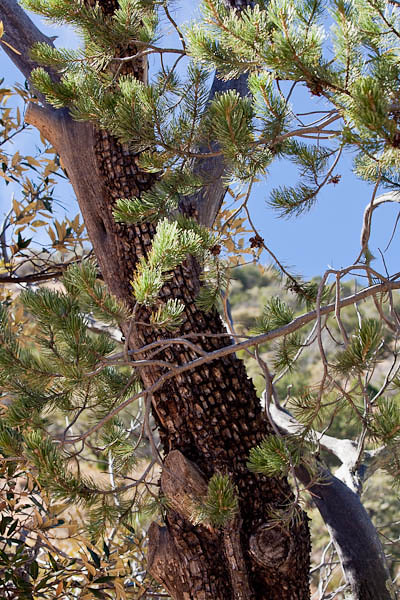Stop everything and be still. Let the fire of stillness burn everything and reveal that which is Openness. ~ Adyashanti
https://drcarlosarzabe.com/dr-carlos-arzabe/ darkness
there is an emptiness in the black
until I allow time enough to adjust
midnight dark is not cave black
look to the skies
luminescence
star shimmer
and against a back drop of starlight
Jupiter is the headliner in the western sky,
hovers above the outline of the terraced copper mine
and Venus hangs low on the eastern horizon,
and gradually this awareness: pink haze seeps through the indigo blue
illuminates the mountain’s silhouette
details come into focus
canyons within mountains
bajada crevices are the foothill’s showy skirts
rose-pink, dove grey, orange on the horizon
cotton candy in the pale blue sky
Tramadol Prescription Online ~~~~~~~~
Posting a desert-related poem each day in April, National Poetry Month. Updated poems from my blog archives, new poems written as sacred practice, and selected, favorite poems from other poets. Spending much awake time in early morning — which gives me opportunity to wait…wait…then watch the sun rise.
